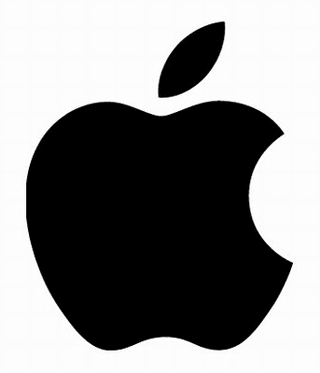Additional Factors to Consider
Competition
An important aspect of company valuation is determined when examining it in comparison to competitors. The company's relative size compared with other businesses in its industry, relative product or service quality, product or service differentiation from others in the industry, market strengths, market size and share, competitiveness within its industry in terms of price and reputation, and copyright or patent protection of its products are all important in this examination.
- The most narrow form is direct competition (also called "category competition" or "brand competition"), where products which perform the same function compete against each other. For example, one brand of pick-up trucks competes with several other brands of pick-up trucks. Sometimes, two companies are rivals, and one adds new products to their line, which leads to the other company distributing the same new things, and in this manner they compete.
- The next form is substitute or indirect competition, where products which are close substitutes for one another compete. For example, butter competes with margarine, mayonnaise, and other various sauces and spreads.
- The broadest form of competition is typically called "budget competition. " Included in this category is anything on which the consumer might want to spend their available money. For example, a family which has $20,000 available may choose to spend it on many different items, which can all be seen as competing with each other for the family's expenditure. This form of competition is also sometimes described as a competition of "share of wallet. "
Management Ability
When examining this factor as a part of business valuation, one must consider if the management is skilled and experienced enough to maintain the company's position, and potentially improve it in the future. Several factors can indicate management ability: accounts receivable, inventory, fixed assets, and total asset turnover; employee turnover; condition of the facilities; family involvement, if any; quality of books and records; and sales, as well as gross and operating profit.
Financial Strength
Consideration of financial strength entails a number of ratios, including a company's total debt to assets, long-term debt to equity, current and quick ratios, interest coverage, and operating cycle.
- Total debt to assets: total debt/total assets or total liability/total assets
- Long term debt to equity: long term debt(liabilities)/equity
- Current ratio: current assets/current liabilities
Profitability and Stability of Earnings
In accounting, profit is the difference between the purchase and the component costs of delivered goods and/or services and any operating or other expenses. This can help determine the financial stability of a company when viewing its profitability during its operating history, including the number of years the company has been in business, its sales and earnings trends, the life cycle of the industry as a whole, and returns on sales, assets and equity.
Other Factors
Along with the aforementioned considerations, a valuator must also keep in mind the economic conditions in which the company is operating, including the broad industry outlook and the impact of various IRS rulings and court cases that may affect the company's value.
In addition, the valuator must analyze the values of comparable companies to determine their relationship to the company's value. Intangible factors such as goodwill and non-compete agreements are important as well.
Finally, the valuator needs to consider the discount or capitalization rate of the company, specify what percentage of the company is being valued, and take into account any marketability or minority interest discounts.
Perhaps the most difficult part of the entire process is knowing how to combine all of these factors in a meaningful way to reach a value that will withstand any challenges by potential buyers, the IRS, dissatisfied partners or others.
Fair value should also be a consideration when valuing certain assets. Under US GAAP (FAS 157), fair value is the amount at which the asset could be bought or sold in a current transaction between willing parties, or transferred to an equivalent party, other than in a liquidation sale. This is used for assets whose carrying value is based on mark-to-market valuations; for fixed assets carried at historical cost (less accumulated depreciation), the fair value of the asset is not used.

Apple is a successful company with considerable goodwill.
This is an example of an additional factor beyond book value that contributes to the overall valuation of a company.